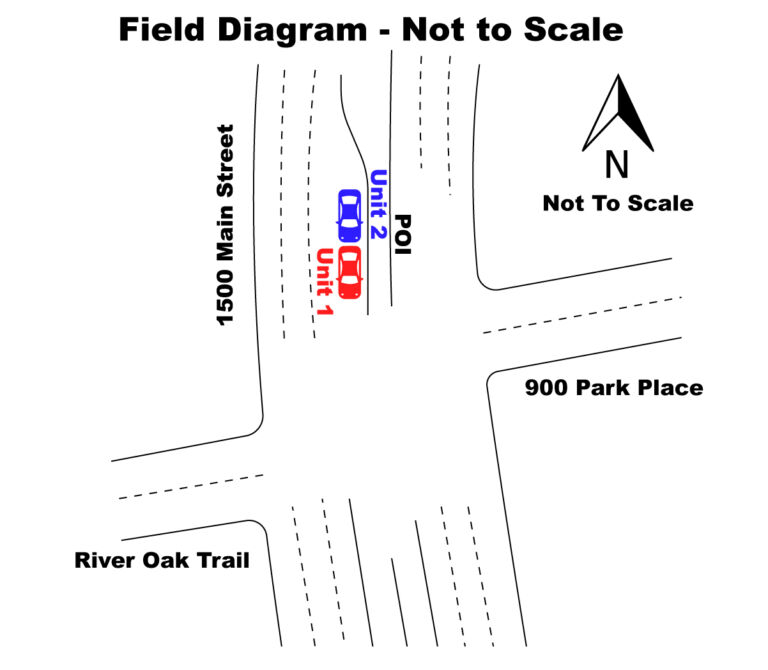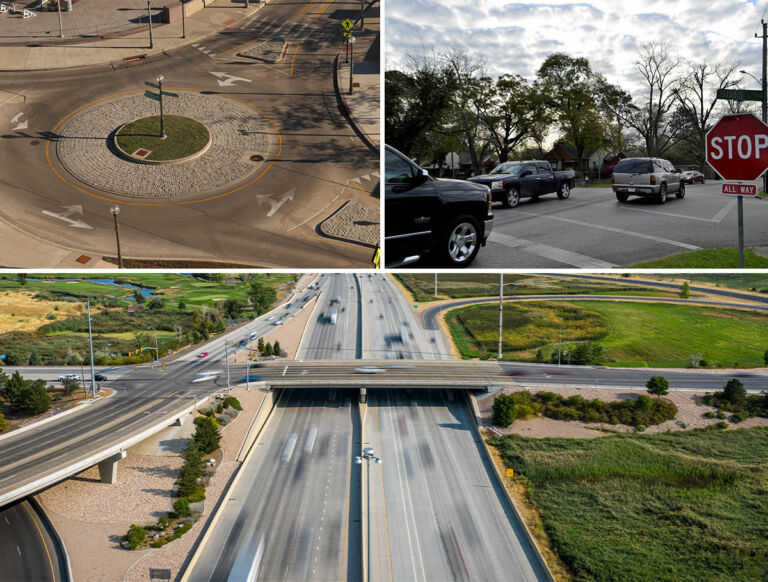Overview
HDI Solutions, LLC works with state agencies to take crash record data and turn it into actionable, insightful and regulatory useful data. HDI takes the raw data provided and delivers it in a way that helps agencies make sense of the information. Through data entry, coding, matching and use of analysis, data is broken down into useful and reportable segments.
HDI accomplishes this using descriptive, diagnostic, predictive and prescriptive analytics. Essentially, HDI can help state agencies and local governments understand the what, why, how and what is next of the data they have on hand and continue to collect.
This process allows crash records data, no matter if it’s written or entered electronically, to be used for the well-being of citizenry across cities and states nationwide.

Crash Records Data Management – Producing Actionable Insights
Crash record data is utilized to provide statistics regarding motor vehicle fatalities, meet the federally mandated reporting requirements of Fatality Analysis Reporting System (FARS) – a division of the National Highway Traffic Safety Administration (NHTSA) – and support the efforts of traffic engineers state-wide.
HDI’s work to turn officer narrative and diagram information from crash reports into codes helps the Texas Department of Transportation to make decisions such as where to add traffic signals and when to engage in roadway repairs and other construction projects. HDI provides crash data to TxDOT within 48 hours of receipt for the state’s more than 625,000 annual traffic crashes to ensure up-to-date data is always available. This data is delivered electronically via web services in XML format.
How HDI’s Coding System Works
The five methodologies can be broken into three categories: reactive, event-based and proactive approaches.


